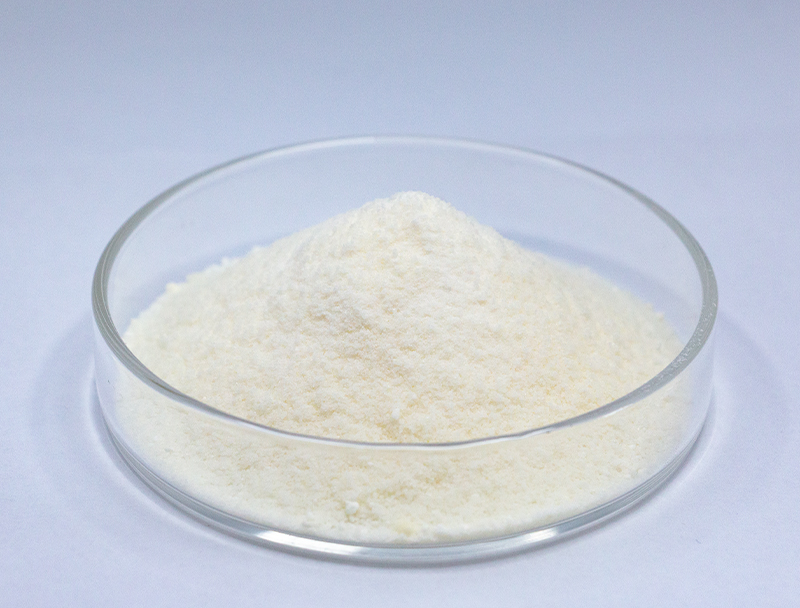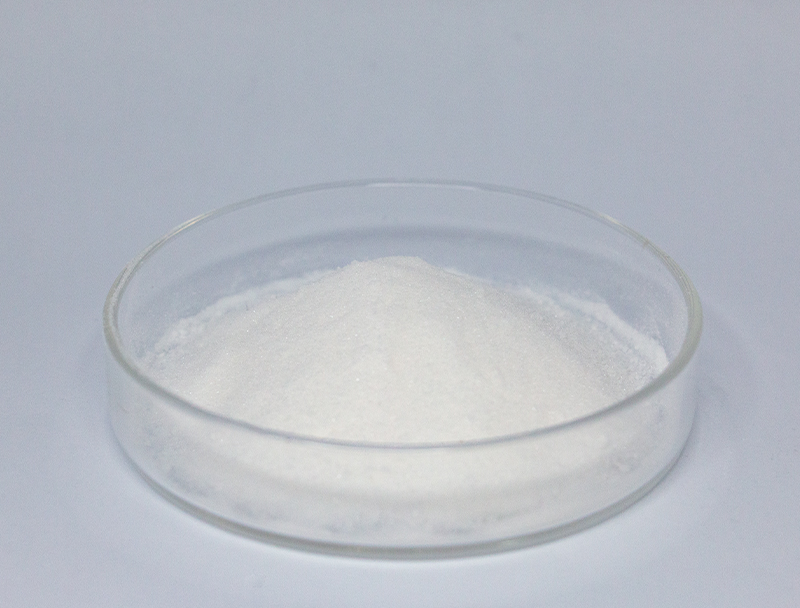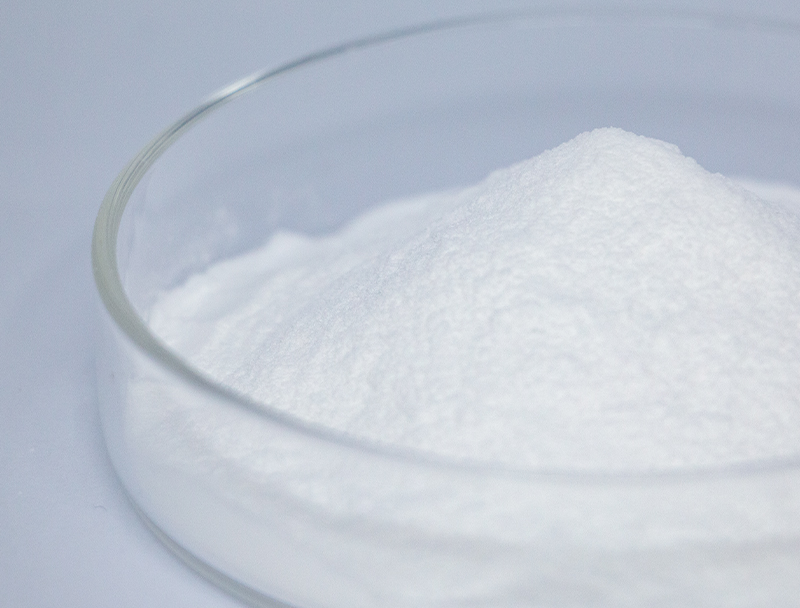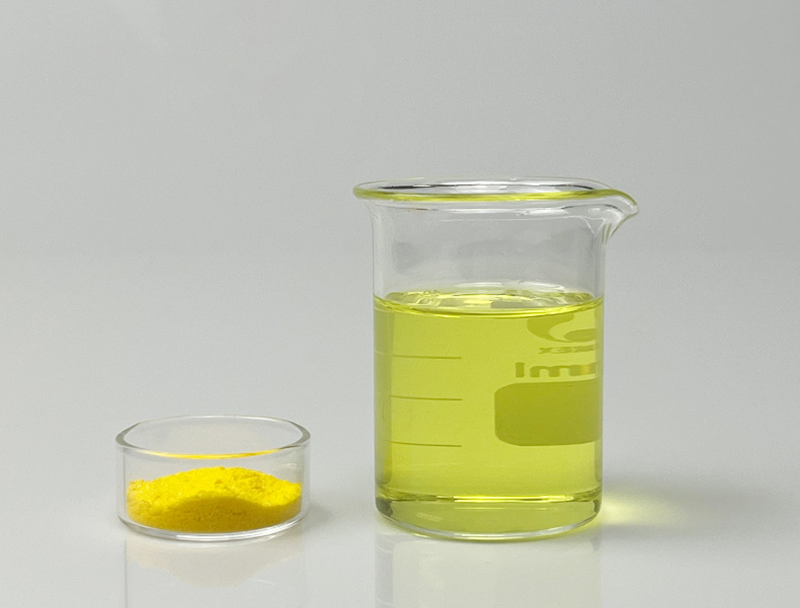
Biotech manufacturing draws predominantly from a substantial range of primary inputs to produce innovative bio-based products.
Preserving responsible procurement of such inputs is paramount for the long-term viability and ethical growth of the industry.
many concerns related to standard raw input procurement like ecosystem disruption and unsustainable harvesting. Accordingly, manufacturers should embrace green sourcing tactics to shrink their ecological impacts.
- Models of sustainable material sourcing include:
- Leveraging biomass from food-processing residues
- Installing reclamation workflows to diminish waste and heighten recovery
- Collaborating with regional vendors focused on fair procurement
Shifting to ethical sourcing drives environmental value and long-term commercial viability.
Tuning Feedstock Characteristics for Higher Biofuel Efficiency
Maximizing the efficiency of biofuel production relies heavily on the quality and composition of biomass feedstocks. Researchers repeatedly investigate innovative methods to enhance feedstock potential, yielding greater biofuel outputs and greener energy prospects. Programs combine genetic improvement for biomass productivity with conversion technologies to access fermentable substrates.
- Also, studies emphasize discovering resources such as seaweed, organic waste, and residual straw to diversify sustainable feedstock supplies for fuels.
- Because of continual endeavors biofuel technology is set to attain meaningful progress that supports renewable energy growth.

Next-Generation Upstream Methods in Biopharmaceuticals
includes primary operations from inoculation through cell collection New innovations across this area have produced enhanced manufacturing methods that boost yields.
Important innovations consist of upgraded cell platforms, customized nutrient matrices, and smart bioreactor solutions. Such breakthroughs boost efficiency and simultaneously reduce manufacturing costs and carbon burdens.
- In addition, momentum toward nonstop processing offers improved flexibility and optimized operational flow.
- Implementing cutting-edge manufacturing technologies will probably redefine workflows and accelerate innovation.

Precision Genomic Tools Enhancing Biopharmaceutical Yields
refinements in gene-targeting technologies have advanced protein production workflows. By precisely targeting genes within host organisms, researchers can enhance the yield of valuable therapeutic proteins. These methods could enable production of accessible and efficient medicines tackling diverse health challenges.
Applying Microbial Tools to Improve Environmental Remediation
promising microbial strategies enabling effective environmental cleanup and restoration. Microbial species can metabolize and convert hazardous compounds into benign byproducts.. Tapping into these capabilities enables green remediation tactics to restore ecosystems affected by industrial contamination.. Investigators study multiple microbial strains for abilities to transform metals, degrade agrochemicals, and process petroleum wastes.. The microbes may be applied within engineered reactors or in situ to catalyze pollutant degradation via biotransformation..
Biological remediation using microbes yields meaningful benefits compared to conventional strategies. These methods are economical and eco-conscious while reducing hazardous secondary waste. Similarly, microbe-based remediation affords specificity that avoids extensive ecosystem disturbance. Research progresses swiftly to enhance microbial remediation efficiency and practical effectiveness.
Leveraging Bioinformatics for Novel Therapeutics
Digital bioinformatics methods are central to evolving therapeutic discovery processes. By leveraging complex datasets, bioinformatics expedites discovery and optimizes candidate safety and potency.
- Through evaluating comprehensive genomic, proteomic, and clinical data, teams detect novel targets and predict drug action.
- Furthermore, computational modeling of drug–target interactions aids rational design of higher-performing therapeutics.
- In conclusion, computational biology reshapes discovery pipelines and speeds delivery of reliable treatments for patients.
Metabolic Engineering Strategies for Enhanced Bioproduct Synthesis
implements many strategies to improve microbial output of desired bioproducts. These strategies can involve genetic modifications to optimize metabolic pathways, regulation of gene expression, and the introduction of novel genes to confer new capabilities.. Through careful adjustment of metabolic routes engineers can markedly elevate product titers.
This comprehensive strategy could transform numerous sectors such as pharmaceuticals, farming, and renewable energy.

Scaling Biopharma Production: Hurdles and Advantages
Industrial-scale production introduces demanding hurdles as well as strategic advantages. One major challenge is maintaining consistent product quality at increased scales. Resolving it depends on rigorous control strategies, precise instrumentation, and comprehensive analytics.

Complexity in multi-step biomanufacturing operations presents ongoing operational challenges.. Translating lab methods into scalable operations needs heavy research and technology breakthroughs.. Despite challenges, the benefits may be considerable. Successful industrialization can broaden availability, trim costs, and raise profitability.
Different initiatives are progressing to solve scale-up constraints. They encompass new process-improvement tools, in-line analytics for continuous oversight, and creative manufacturing approaches.
- R&D initiatives significantly drive enhancements in manufacturing capacity.
- Authorities are revising processes to enable faster clearance of manufacturing innovations and encourage progress.
Navigating the Regulatory Landscape for Biopharmaceuticals: Ensuring Safety and Efficacy
Developing biologic treatments requires exacting oversight to ensure consistent safety and efficacy. Biologically derived medicines entail Calcium alpha-ketoglutarate particular manufacturing and regulatory complexities compared with chemical drugs.
Regulatory authorities including FDA and EMA are central to creating criteria and processes for approving innovative biologics..
Thorough testing frameworks are compulsory during all stages of development including after market release.. The processes aim to expose risks and ensure that treatments meet exacting safety benchmarks.
Moreover, oversight agencies continually refine approaches to align with accelerating scientific progress in therapeutics.. Programs embrace modern technologies and foster development speed while maintaining patient-centered safeguards.

Plant-Origin Feedstocks in the Production of Bioplastics
The trend toward sustainability stimulates development of renewable material technologies. Using plant feedstocks to make bioplastics gives a promising direction for sustainable material development. Organic feedstocks like cornstarch, cellulose, and sugarcane can be converted to compostable polymers that shrink the environmental footprint of plastics.
Similarly, selected bioplastics offer analogous properties to traditional plastics suitable for many applications.. Sustained research efforts are necessary to optimize plant feedstocks for mass bioplastic production and enable circularity.
Biotech Contributions to Global Health and Crop Productivity
Biotech innovations hold promise to dramatically impact health and the reliability of food systems. Applying targeted genetic edits, synthetic biology frameworks, and cellular therapeutics, practitioners produce measures to address infectious disease, boost harvests, and upgrade nutritional content.. For example, engineered crops with pest resistance and stress tolerance can increase yields while lowering pesticide use.. In addition, the field produces vaccines, treatments, and diagnostic tools that are central to fighting infections and improving health worldwide.. Continued scientific progress suggests biotechnology will increasingly underpin healthier, more sustainable societies worldwide.
